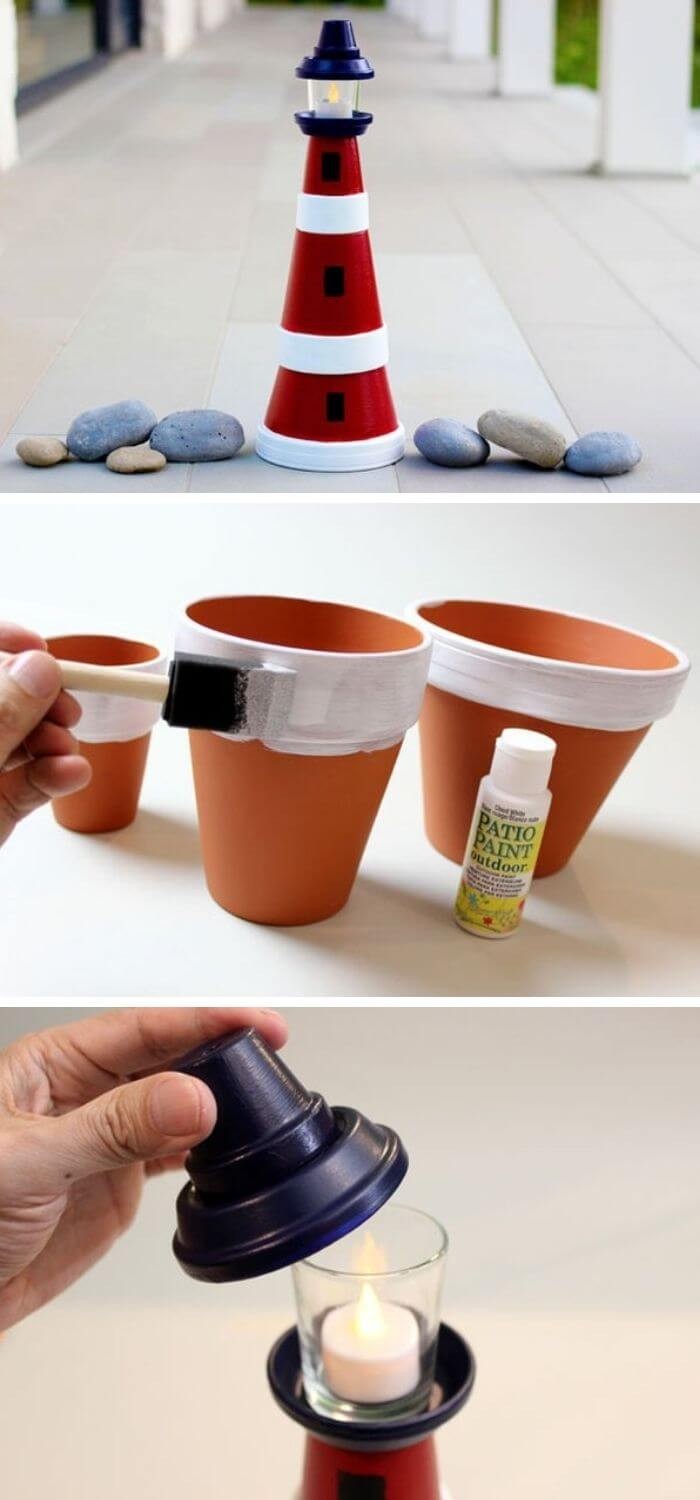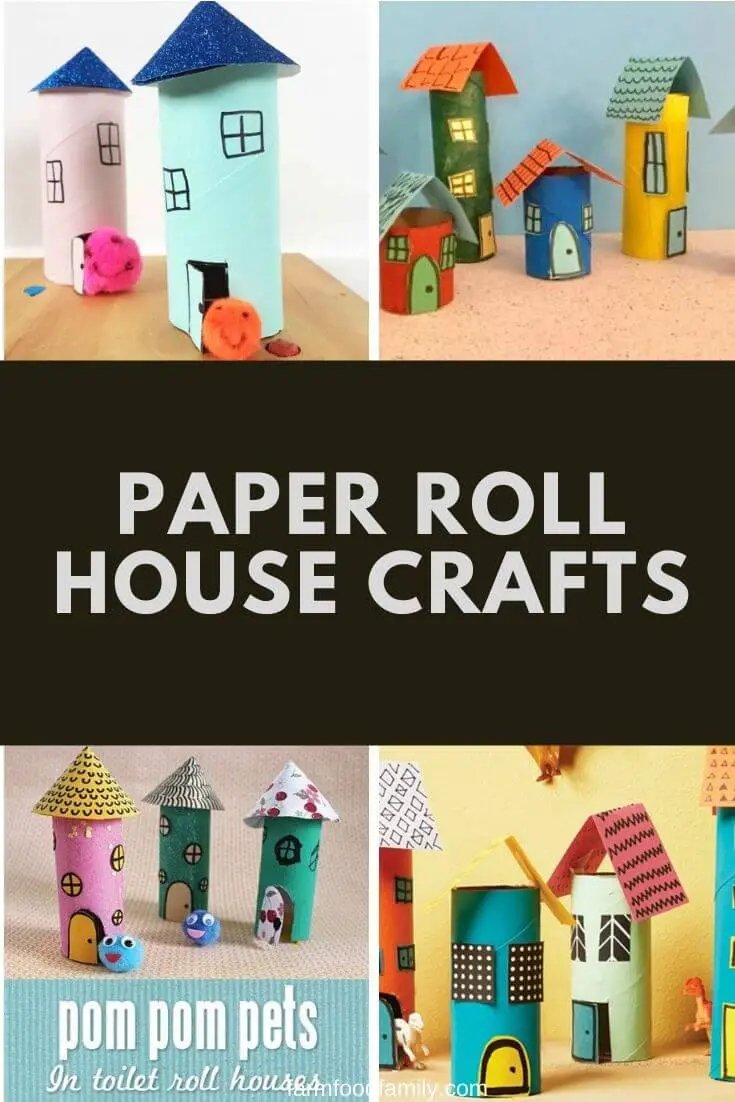17+ Different Types Of Keys
Keys have been an integral part of our daily lives for thousands of years, with their origins dating back to ancient civilizations like Babylon and Egypt around 6000 years ago. Since then, locks and keys have undergone continuous innovation, resulting in a vast array of types catering to various needs. From home security to office settings, padlocks, safe systems, and even cars, the importance of keys cannot be overstated.
With over 17 different types of keys, each with its unique features and uses, it’s crucial to understand their distinct characteristics. In this article, we’ll delve into the world of keys, exploring what they’re made of, the six main categories, and the various applications.
What are keys made of?
While unconventional methods like utilizing fortified animal bones have been employed in the past to craft keys, conventional key-making techniques typically involve working with a range of metallic materials. These can include metals such as brass, silver, gold, steel, iron, and nickel, each offering its own unique properties and characteristics that impact the final product.
What are the six main types of keys?
The foundation of understanding various types of keys lies in being familiar with their core six categories: residential and commercial buildings are both encompassed by these fundamental forms. Understanding the characteristics of each category allows for a deeper comprehension of how all other types of keys are inspired or evolved from these primary forms.
17 types of keys
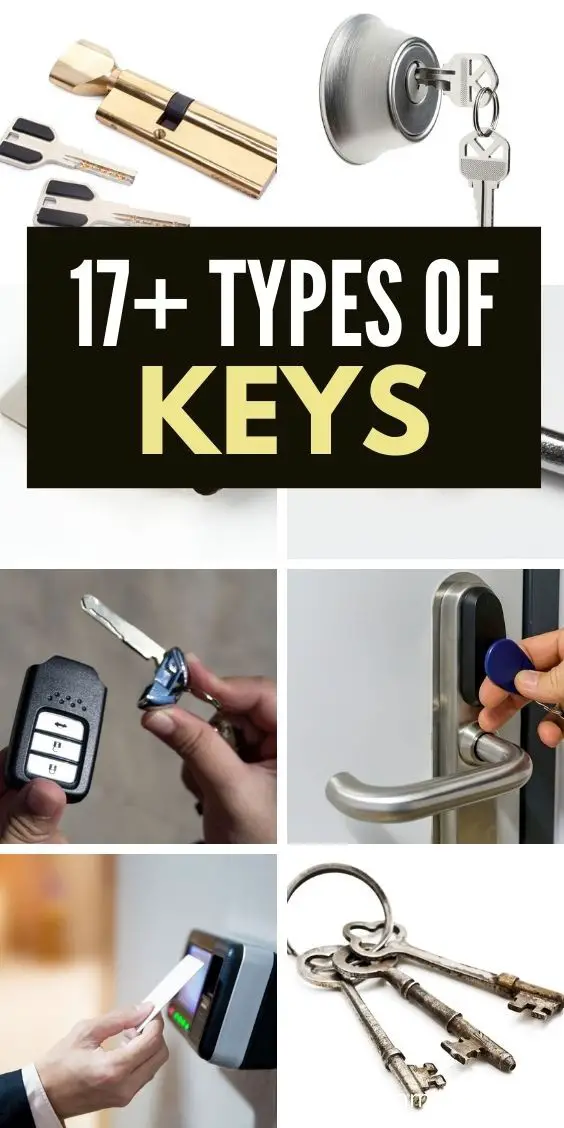
To help you make an informed decision when it comes to securing your home, we’ve compiled a list of 17 distinct key types and their corresponding functions. By exploring these options in more detail, you’ll be able to identify the specific features that best suit your needs and preferences.
Key cards
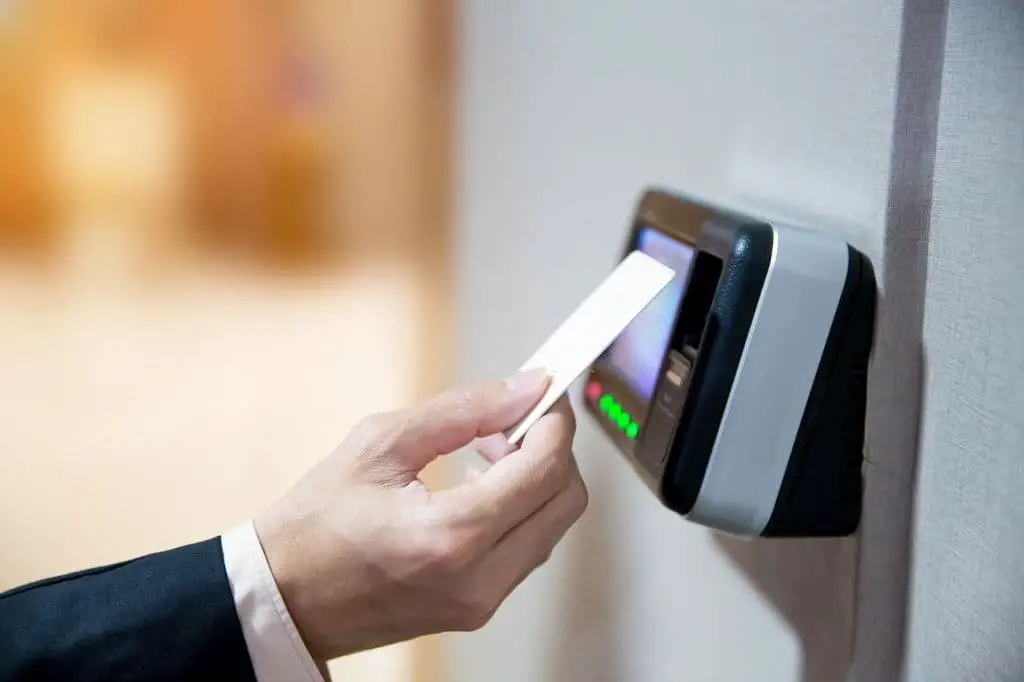
The hotel cards we’re familiar with have undergone significant transformations to meet the demands of enhanced room security. Gone are the days of simplistic designs; today’s cards are crafted with various forms and shapes, each serving a specific purpose. At the heart of this evolution lies a magnetic strip, which enables the card to be read by a laser upon insertion into the keycard slot.
This innovative technology ensures that only authorized individuals can access the hotel room, thereby safeguarding both the guest’s personal belongings and the property itself.
Primary keys
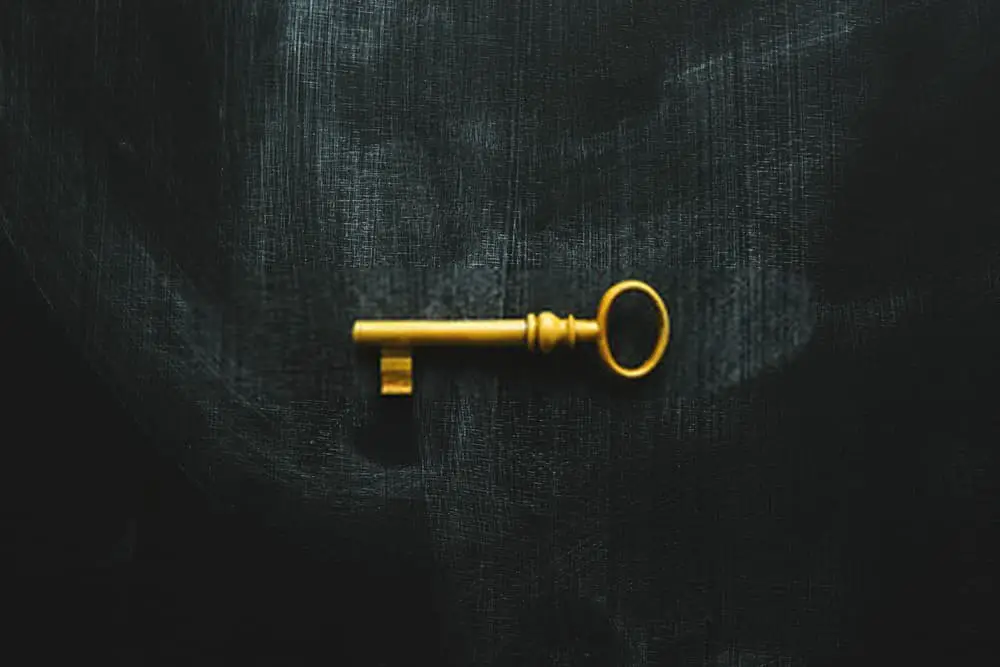
Master keys are incredibly valuable because they can unlock numerous locks with just one key. This convenience is undeniable, as it eliminates the need to carry a multitude of keys, thus saving time and space (in your bag or pocket). However, master keys must be handled securely, and their use requires a level of responsibility that may not suit everyone, particularly those prone to forgetfulness.
Nonetheless, they are an essential tool for individuals who frequently encounter multiple doors and locks.
Magnetic keys
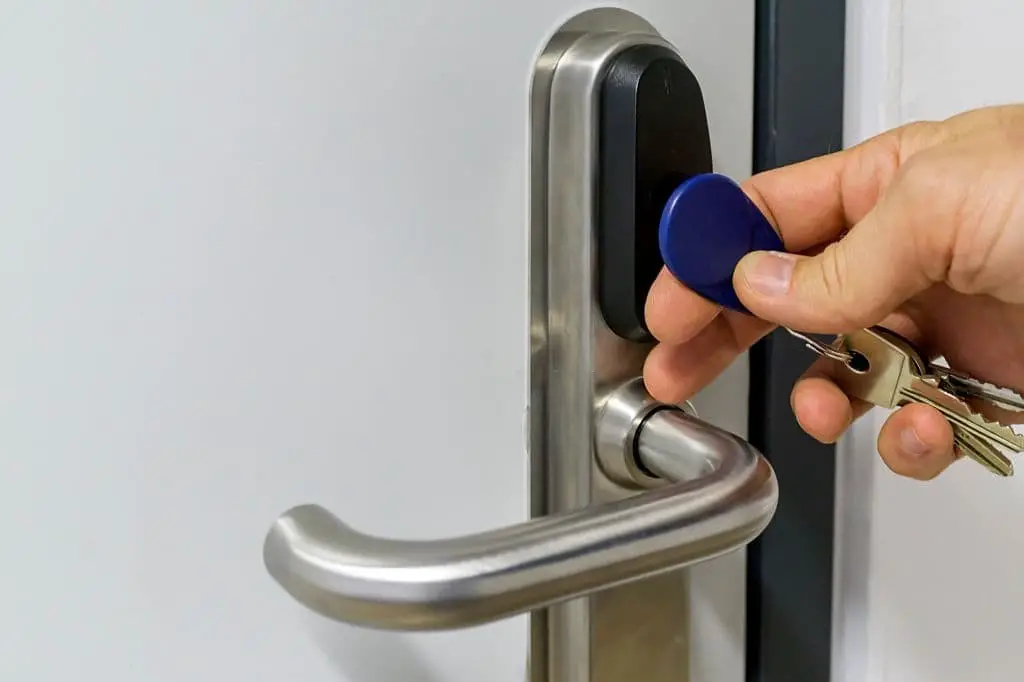
This type of key relies on a magnet-based system, eliminating the need for an electronic setup to activate it. Instead, all you require is to carefully align a series of magnets to open the lock. The precise alignment determines the pattern needed to successfully unlock the mechanism, providing a reliable and straightforward home security solution.
Smart car keys
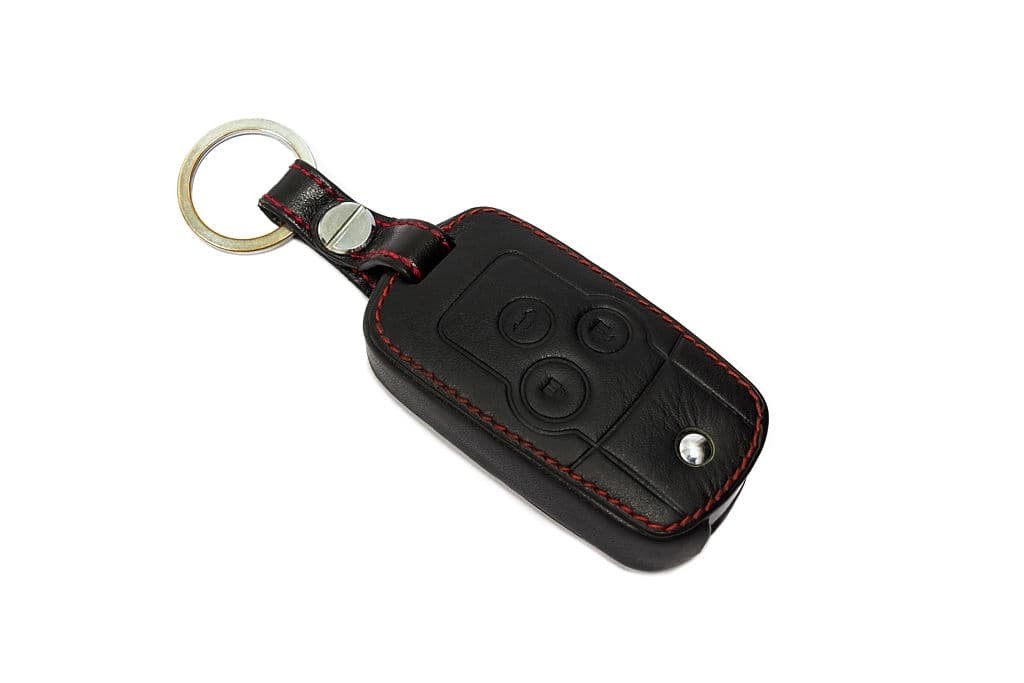
Advanced vehicle keys are similar to transponder keys in their complexity. Unlike traditional keys, these sophisticated devices are programmed directly into a car’s lock system, making duplication virtually impossible. This cutting-edge technology also enables remote control of the car’s ignition and locking mechanisms, allowing for seamless starting and securing of the vehicle from anywhere.
VAT keys
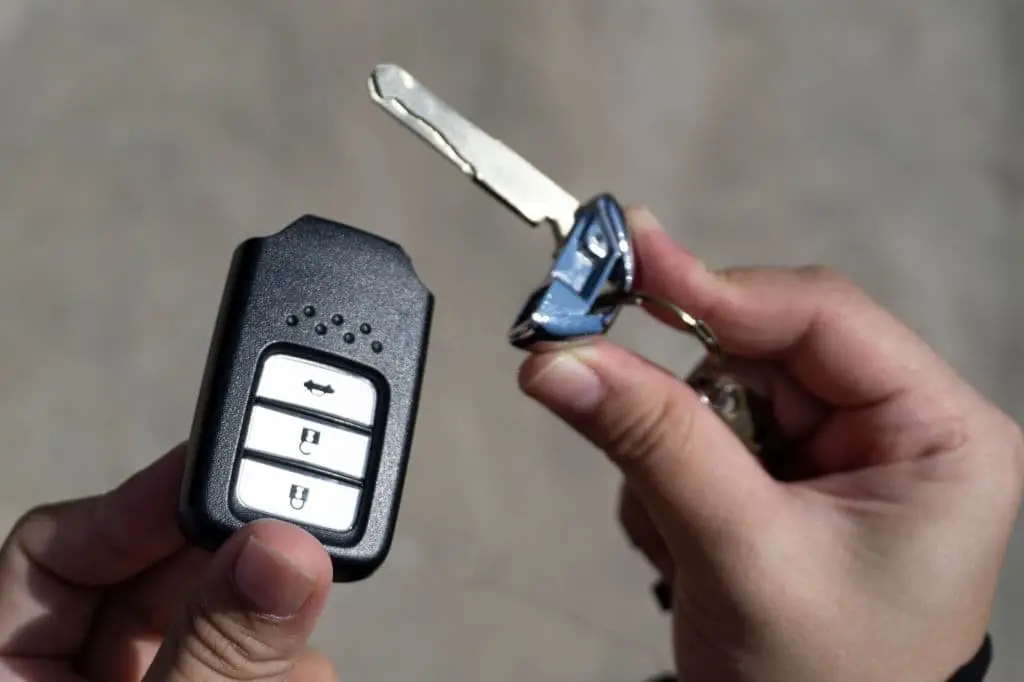
VAT, or Vehicle Anti-Theft, is an innovative technology designed to significantly enhance vehicle safety through the use of advanced keys. These keys feature embedded microchips that store a unique code specific to each vehicle. This ingenious design ensures that only the corresponding key can operate a particular car, thereby preventing unauthorized access and theft. By installing VAT, drivers can enjoy unparalleled peace of mind knowing their vehicles are protected from potential threats.
Laser cut car key

Laser-cut keys, also known as internal cut keys or sidewinder keys due to their identical sides, offer a unique level of convenience and security. Unlike traditional keys, these innovative devices can be turned with the ignition regardless of their orientation, making them particularly useful in vehicles where space may be limited. Additionally, their intricate design makes them challenging to replicate, providing an added layer of protection against auto theft.
Mechanically cut key
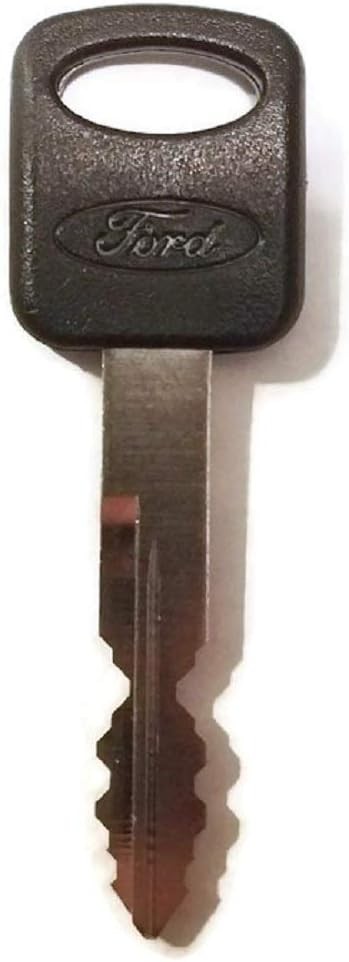
For those seeking a reliable car key solution, look no further than this versatile option. Designed with traditional lock systems in mind, this key is ideal for older model vehicles as well as securing homes and offices. Its distinctive ridged design on one side and smooth surface on the other make it easy to manufacture using die-cast molds, ensuring a consistent quality across all replicates.
Whether you’re a classic car enthusiast or a property manager seeking added security, this key is an excellent choice for its simplicity and effectiveness.
Valet keys
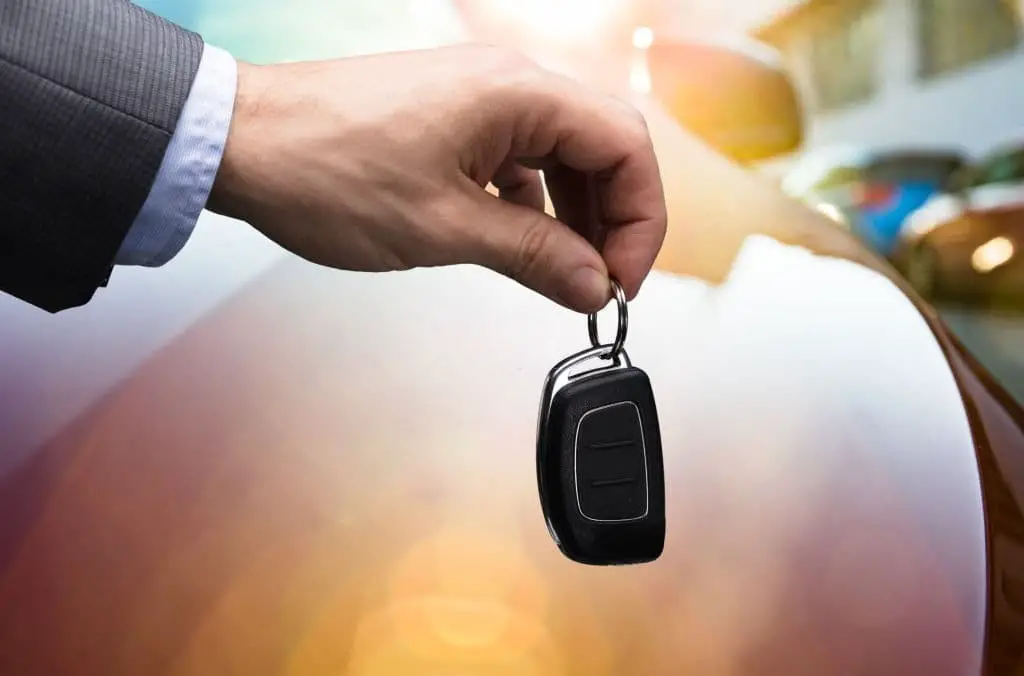
When entrusting your vehicle to a valet, it’s essential to utilize specialized keys that prioritize exclusivity. These customized keys ensure that only the driver’s side door and ignition can be accessed, eliminating any potential risks. By doing so, you’ll enjoy peace of mind knowing that sensitive areas like safety boxes, trunk, and hood remain securely locked, providing unparalleled protection for your ride.
Abloy key
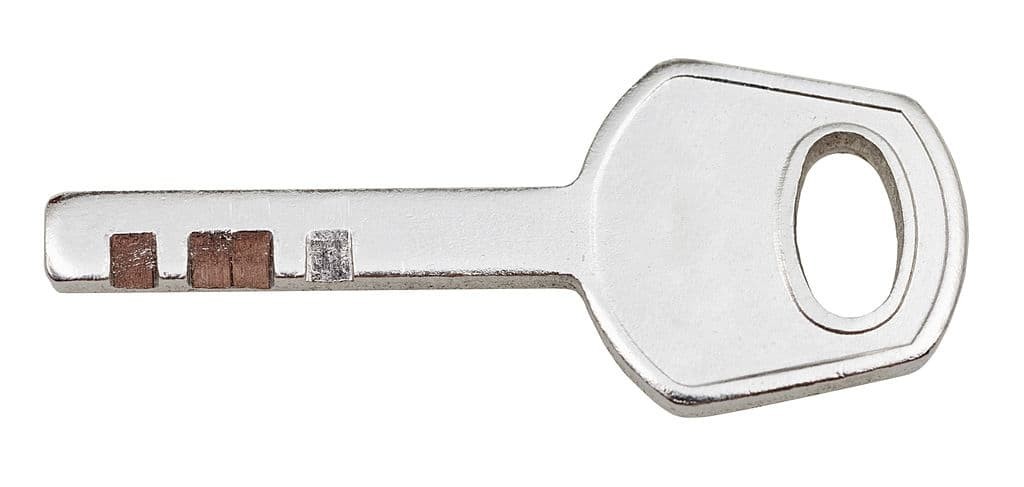
Disc tumbler locks rely on a clever mechanism where the discs within the key are rotated to align correctly, releasing the lock’s hold. Although uncommon in many regions, these keys are the norm in some countries like Finland. The absence of spring-loaded mechanisms makes them challenging to duplicate, as they don’t conform to traditional key-copied methods. Ideal for use with disc tumbler locks.
Cruciform key

The cross key, also known as the ‘x-shaped lock’ key, is a robust solution designed for high-reliability applications in industrial environments. Its compact size and durable construction make it an ideal choice for ensuring safety and security in such settings. Characterized by four flat sides featuring scattered teeth along each edge, this type of key provides a reliable means of accessing locks that require precise x-shaped keys.
Transponder

These innovative car keys were designed with security in mind, featuring advanced technology that makes them more difficult to replicate. Additionally, many car manufacturers have implemented a feature that disables the vehicle’s ignition once the key is used on another car, providing an added layer of protection against theft. This cutting-edge security system offers unparalleled peace of mind for drivers seeking supreme car security and anti-theft capabilities.
Double-sided
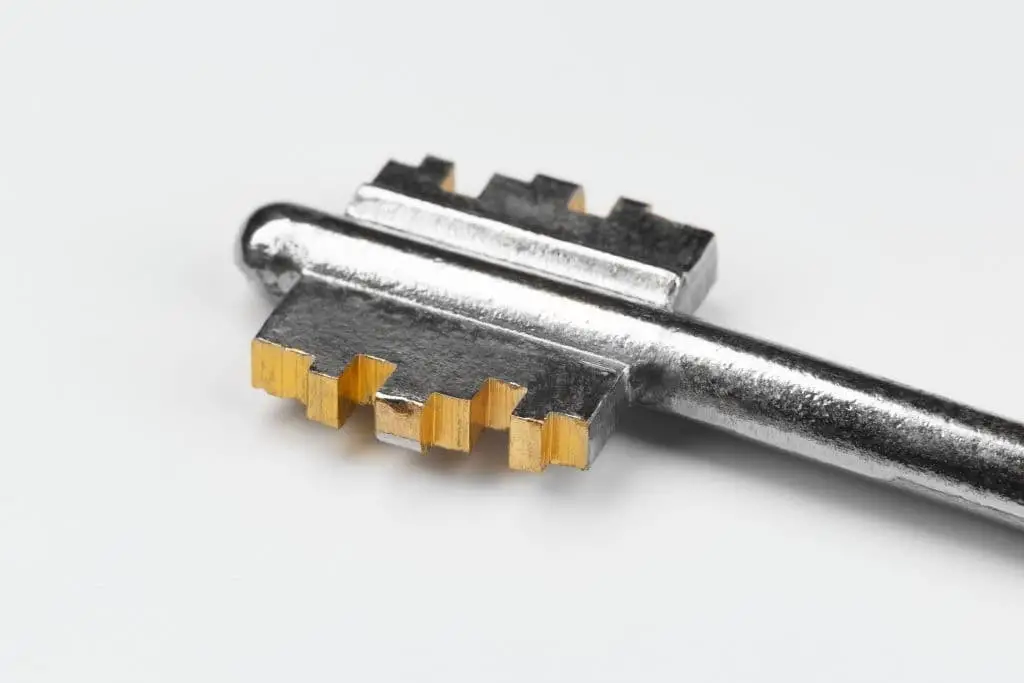
The four-sided keys, also referred to as the four-sided mechanism, have gained popularity for home use due to their exceptional durability. The ‘four-sided’ moniker originates from the presence of four distinct sets of teeth, designed to deter would-be intruders by making it more challenging to manipulate or pick. This innovative design has led to widespread adoption in residential security settings, with these keys becoming a staple for many homeowners.
Paracentric
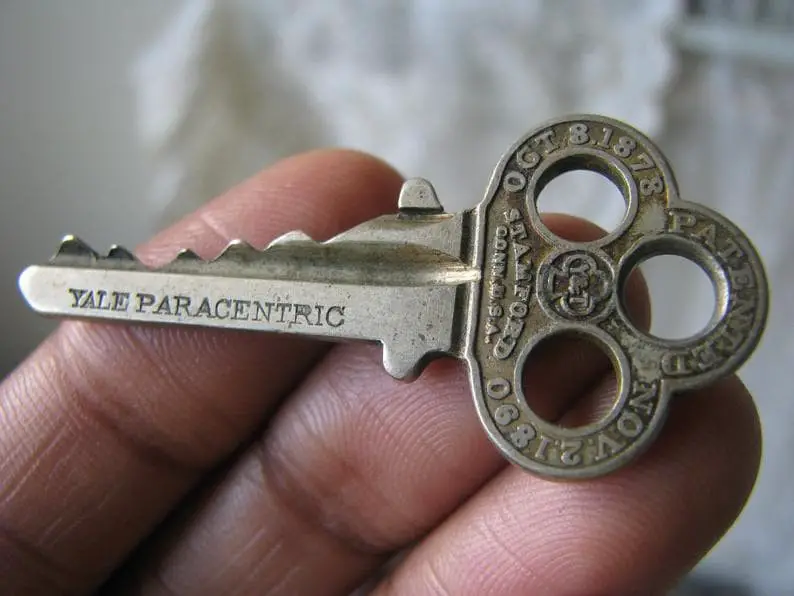
The unique key in question boasts a twisted shape, characterized by a small yet fine set of teeth at its tip. Its rugged design makes it an ideal choice for securing high-security areas such as prison cells, where notorious inmates may attempt to pick or break out. In fact, this type of key is often recommended for top-tier security implementations due to its exceptional strength and durability.
Dimple keys
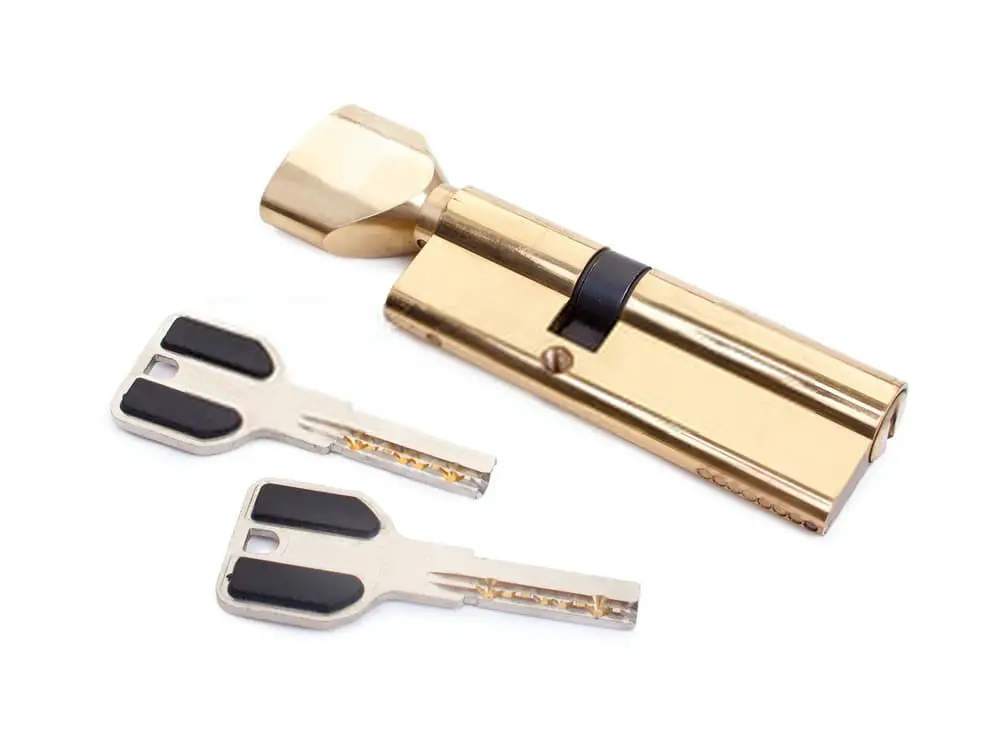
These unique keys are identified by their characteristic dimpled length. The purpose of these dimples is to mate with corresponding pins within the lock, allowing the door to be opened. Interestingly, the dimples appear on both sides of the key for added convenience. While this design provides ease of use, it’s recommended for optimal home security to only access one side, thereby increasing the overall security of your property.
Skeleton key
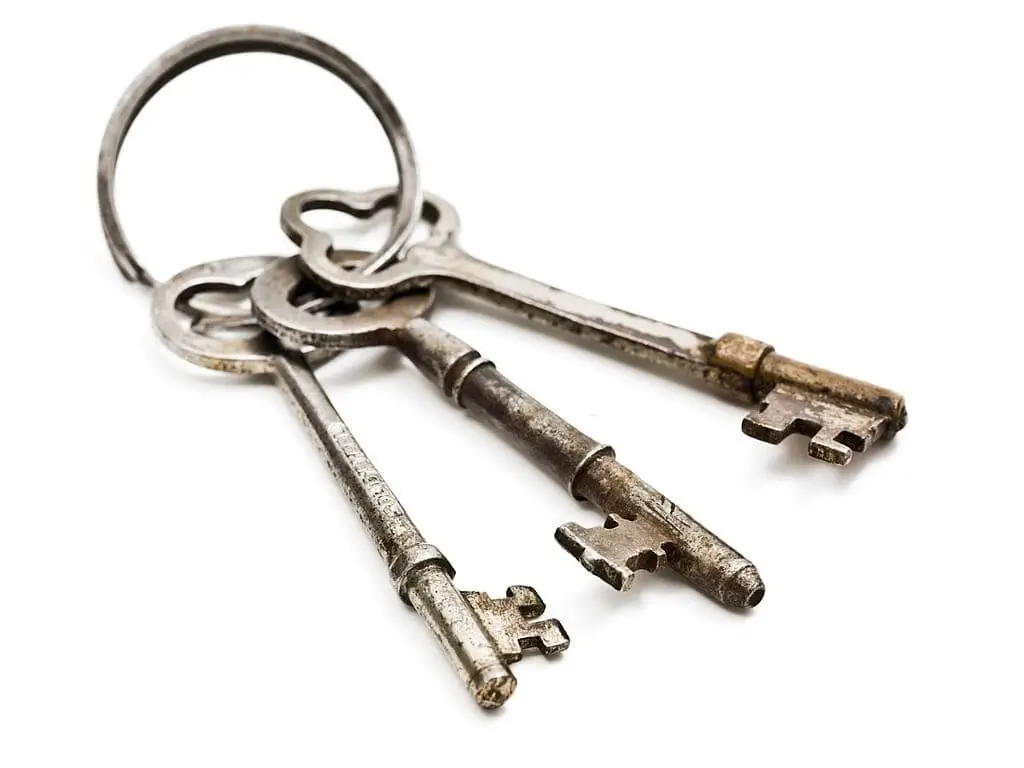
Classic keys, also known as old-fashioned or vintage keys, were once the norm but have since been replaced by more modern alternatives. Their distinctive features include a toothed end and a cylindrical shaft, which are often depicted in medieval and mystery films for their nostalgic charm. These keys were primarily used to open warded locks, a type of lock that requires a specific key shape to operate.
While they may no longer be the go-to choice for everyday use, these iconic keys remain a recognizable symbol of the past.
Barrel keys
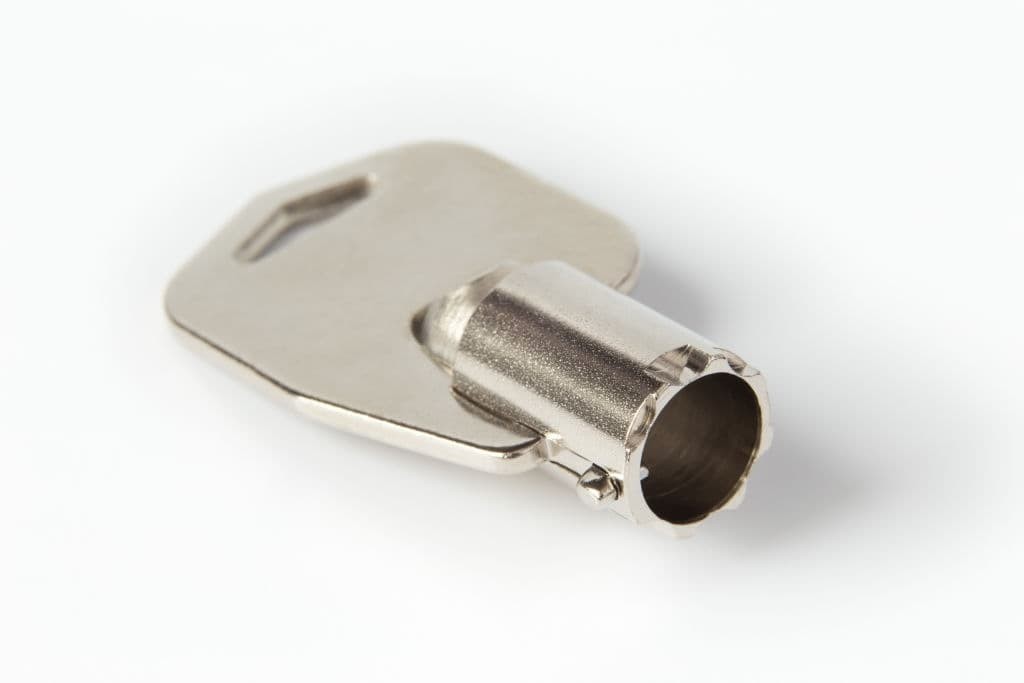
Tubular keys, also known as cylinder keys due to their cylindrical shape, are a specific type of key designed for use with pin tumbler locks. While they may not be as well-known as other types of locks, tubular keys play an important role in securing various types of devices, including bicycle locks and vending machines. What’s more, they are relatively easy to duplicate compared to other major types of keys.
In terms of usage, tubular keys are commonly used to open furniture with tubular locks, providing a secure and convenient way to access locked cabinets or drawers.
Deadbolt key
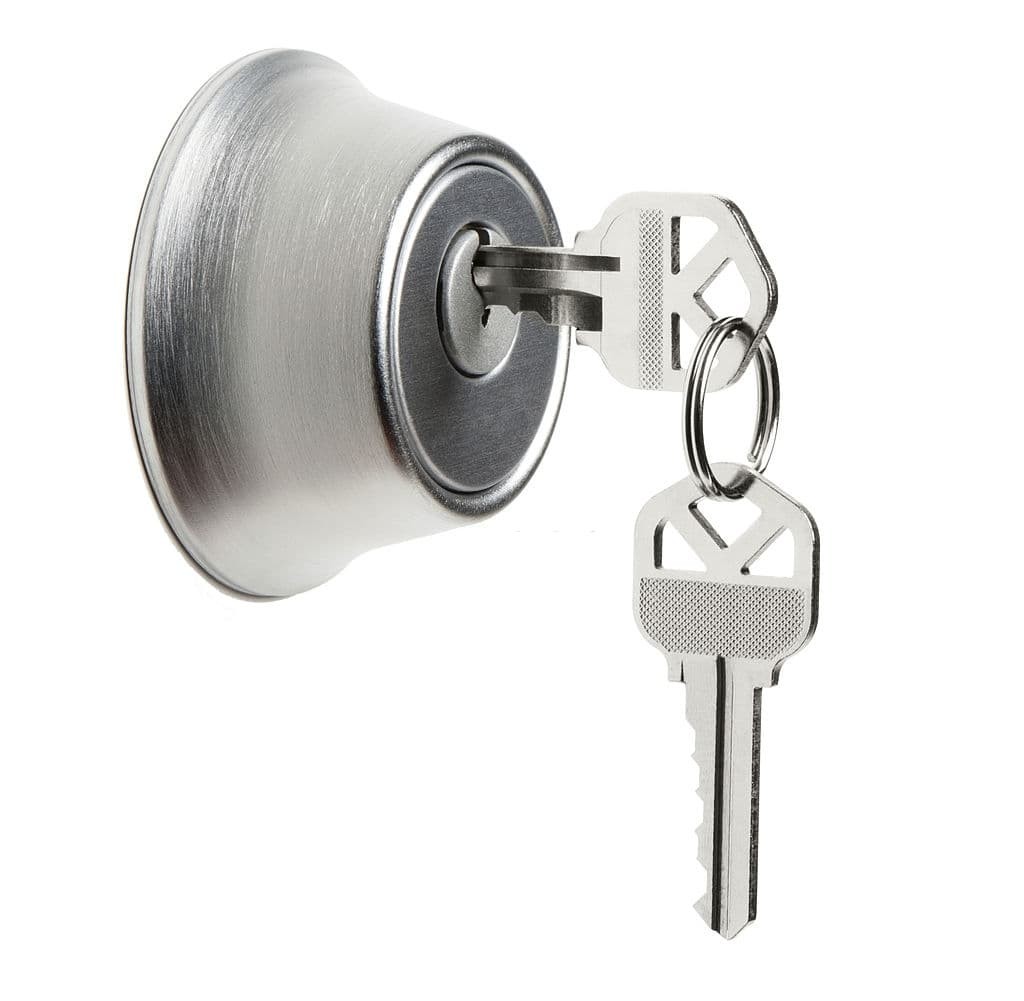
When it comes to enhancing the overall safety of your home, there’s no better solution than investing in a keyless entry lock. This innovative technology is designed to provide an added layer of protection against unauthorized access, giving you peace of mind knowing that your property and loved ones are secure. With options ranging from single-cylinder to double-cylinder models, as well as lockable thumb turns for added convenience, it’s never been easier to safeguard your home.
In fact, having a keyless entry lock can prove to be a wise decision in the event you ever find yourself in a precarious situation, such as encountering an unfamiliar individual on your property. By choosing this level of security, you’ll enjoy greater peace of mind and a sense of control over your home’s safety.
Uses of keys
As the discussion of key types comes to a close, it’s essential to acknowledge their practical applications. Although we’ve explored various forms, understanding the diverse purposes they serve is crucial for effective use. In reality, there are five fundamental uses of keys that warrant attention, and we’ll delve into each in this section.
Homes and offices
The need for keys in life stems from a fundamental requirement to ensure safety and security in our personal and professional spaces. A typical household, for instance, often features multiple doors that require distinct sets of keys to gain access. The importance of safeguarding our homes cannot be overstated, as they serve as sanctuaries where we can feel secure and at ease. Similarly, offices and workplaces necessitate the use of specific keys to regulate entry and maintain confidentiality.
In both settings, primary keys and double-sided keys are commonly utilized to strike a balance between accessibility and security.
Padlocks
The humble padlock, often found accompanying a key, is an ubiquitous sight in many contexts. While keys can be used to secure property gates, diaries, and journals alike, it’s crucial to note that padlocks themselves are relatively easy to manipulate, making keyed padlocks a necessary consideration for any security system looking to maintain its integrity.
Safe
While many safes arrive with pre-set combinations, manufacturers have introduced cutting-edge locking mechanisms to enhance their security. These include innovative solutions such as numeric keypad locks, magnetic locks, biometric fingerprint readers, and other advanced features that make it even more challenging for unauthorized individuals to gain access.
Cars
While traditional car keys have long been the standard, they serve a crucial purpose beyond simply opening and locking doors. Specifically, they play a vital role in ensuring maximum safety for the vehicle by providing an anti-theft mechanism. There are several types of car keys commonly used today, including mechanically cut keys, transponder keys, laser cut keys, valet keys, smart car keys, and VAT keys.
FAQs on Types of Keys
While understanding the various types of keys is crucial, it’s equally important to be familiar with frequently asked questions (FAQs) surrounding their usage. Having a solid grasp on these FAQs will enable you to effectively troubleshoot any issues that may arise when working with keys in the future.
What are 4 sided keys used for?
Typically employed in residential lock applications, four-sided keys offer enhanced security due to their unique toothed design. Unlike traditional one-sided teeth, the four-sided variant boasts a more complex pattern that is significantly harder to decipher and replicate, thereby providing an added layer of protection for homes.
Can you make your keys look different?
To make your home and car keys stand out from the crowd and prevent the frustration of searching for misplaced ones, here are some creative ways to accessorize them. One simple yet effective method is to wrap the top of the key with a unique material such as yarn, acrylic, or even nail polish. This not only adds a pop of color but also makes it easier to spot in your bag or purse.
For added security and peace of mind, consider painting the code pattern on the key using nail polish – this way you’ll never accidentally lock yourself out again! Take it up a notch by attaching a small keychain or even a tiny stuffed animal to give your keys some personality. Alternatively, use paint or washi tapes to add a color-coded touch to each key, making it easy to identify at a glance.
Are there types of old keys?
When it comes to antique collecting, old keys can be a treasure trove of hidden gems. The key to success lies in identifying the age, material, and condition of each find. For those with a passion for vintage key collection, here are some rare and valuable types to keep an eye out for: From the rustic charm of round barn door keys to the sleek sophistication of vintage car keys, or perhaps the whimsy of novelty keys, each one presents its own unique opportunities for collectors.
Most popular key brands
Throughout the ages, a select few key manufacturers have demonstrated remarkable resilience. Despite the passage of time, many of these companies remain in operation today, churning out a diverse range of keys to suit various locking systems and modern innovations. Some notable examples include Crouch and Fitzgerald, Corbin Eagle, Everlasting, Excelsior, Hartmann, Milwaukee, Presto, Wheary, and Yale.
How many unique keys are there?
In simple key systems, it’s possible for there to be over a thousand distinct keys. The theoretical possibilities for these unique keys are referred to as key bits or pin arrangements, which serve to enhance the security of each individual key. This means that even if you were to come across thousands of keys, they would still all have different combinations and wouldn’t be interchangeable.
Furthermore, each manufacturer also develops their own proprietary lock systems, resulting in a diverse range of locks that can’t be opened with just any key. This makes it highly unlikely that you could use a key found elsewhere to unlock a door.
Can all types of keys be cut?
While most keys, excluding those used in electronic locking systems and hotel room doors, are susceptible to duplication, there are measures in place to safeguard against unauthorized copying. Legally speaking, it is possible to secure your keys from being replicated by unscrupulous locksmiths without your explicit consent.
Where should everyday keys be placed?
For maximum efficiency and minimal stress, it’s crucial to designate a single, secure location for storing everyday keys. This spot should be easily accessible, yet not so tempting that pets or young children might get their paws on them. A convenient place to store daily keys is next to the item you reach for first thing in the morning, making it a simple habit to develop and maintain.
Where to keep spare keys?
When it comes to storing spare keys, it’s crucial to choose a location that is both secure and cleverly disguised. Here are some top picks for keeping your spare keys safe and out of sight: Magnetic key containers can be installed in your car, providing a convenient and protected spot to store all your extra keys. This setup not only keeps your home and vehicle secure but also serves as a deterrent to potential break-ins.
Fake sprinkler heads can also be used, hiding the spare key from prying eyes. However, this method relies on having an actual sprinkler system in place, making it less effective without one. For a more unconventional approach, consider incorporating natural storage solutions like wooden features in your landscape. A tree or branch with a cleverly crafted keyhole can provide an impenetrable hiding spot that’s unlikely to raise suspicions.
Alternatively, invest in a high-tech key lockbox with advanced security features such as time-locks and code encryption. This type of container offers ample space for storing not only spare keys but also other valuable items. Other ingenious spots to stash your extra keys include the doghouse, under the grill or any other unassuming areas within your home.
Where not to keep spare keys?
When it comes to storing spare keys, convenience often trumps caution. However, when the primary purpose of keys is to ensure home security, it’s essential to be mindful of potential pitfalls. In this regard, there are certain locations that should be avoided at all costs.
Underneath door mats or flowerpots: These areas are simply too accessible and have been exploited in numerous movies and real-life scenarios.
By placing spare keys in these spots, you’re essentially inviting intruders to find the key easily. Similarly, keeping spare keys in your wallet is not an ideal solution either.
Not only do wallets get taken out and put back in frequently, but they also pose a significant risk due to the sensitive information stored within (e. g., credit cards). If you were to lose your wallet, the consequences would be twofold.
As for fake rocks used for landscaping, while the effort is commendable, it’s important to recognize that they’re not designed for storing valuable items like spare keys.
Ultimately, when it comes to securing your home with spare keys, it’s crucial to choose a location that strikes the right balance between accessibility and security.
What are alternative options for keys?
When traditional locks and keys don’t cut it, there are alternative solutions that can enhance the security of your home. One such option is smart lock systems, which offer a centralized locking mechanism that can be controlled remotely through a phone application. This system also integrates with central camera units to monitor home activities even when you’re away. While it comes at a higher cost, it eliminates the need for physical keys altogether.
Another alternative is combination deadbolts, which require a code to be entered into the lock before the door can be secured. This option may not be as high-tech as others, but it’s a reliable and keyless solution that still provides robust security. Touchscreen locks are another keyless option that uses fingerprint, voice, or facial recognition to grant access to your home. While they also come with a higher price tag, they offer an added layer of convenience and security.
Lastly, fortifying your doors is another trend in home contracting that can significantly improve the overall security of your home. By replacing traditional wood or metal doors with heavy-duty steel doors and installing alarm systems for forced opening detection, you can create a robust barrier against potential intruders.
How do I repurpose old keys?
When it comes to old locks and keys, there’s no need to let them collect dust or clutter up your space. With a little creativity, you can breathe new life into these vintage items. Here are some innovative ways to repurpose old keys: Start by transforming them into functional key hooks that’ll keep your keys organized and within reach. Alternatively, use them as makeshift plumb bobs for DIY projects or as weights to balance out your curtains.
For a unique touch, create a door chime using an assortment of old keys, which will add a charming melodic quality to your home. And if you’re looking for something more practical, consider turning those old keys into magnets that’ll keep your notes and reminders in order.
What materials can I use to unlock a door without my keys?
While it may seem like an invitation for burglars, there are also ways to gain entry into your home without a key if you find yourself locked out. In this context, we’ll explore some common materials and methods used to unlock a door without the aid of a key. One option is to bypass the doorknob altogether using a screwdriver – just be sure to have a portable lock on hand for future situations.
Alternatively, consider installing a security bar or steel door brace to physically block access to your home. In some cases, tying multiple handles together at the jamb may also prove effective in gaining re-entry.
What are considered as modern type keys?
In the modern era, there are five primary types of keys that have gained prominence due to their enhanced security features. These include the Abloy key, tubular key, multi-sided key, transponder key, and paracentric key. What sets these keys apart from their predecessors is their increased resistance to picking and duplication. Unlike older keys that could be easily manipulated or replicated, modern keys have evolved to provide a higher level of security for users.
Conclusion
In a not-so-distant past, keys were simply straightforward objects used to unlock doors and cabinets. However, as technology has advanced and societal needs have evolved, so too have the design, functionality, and purpose of keys. Today, they play a crucial role in securing not only valuable possessions but also our homes, vehicles, and personal spaces. The rapid pace of innovation in key design means we can expect even more diverse types to emerge in the future.
For now, here are some of the most common options available.




